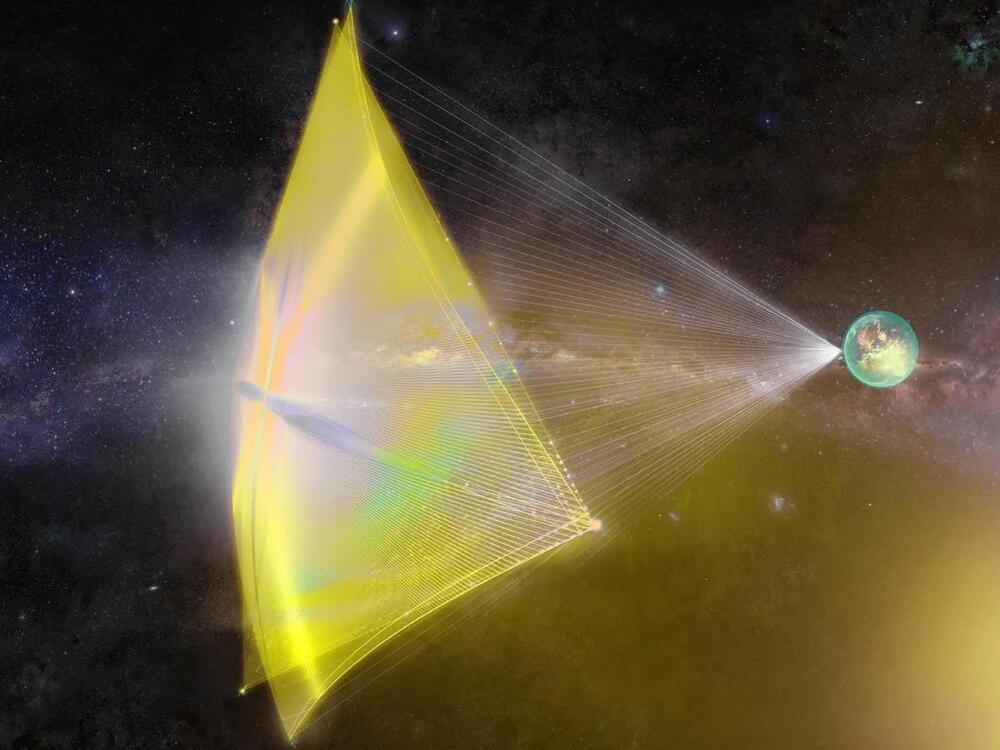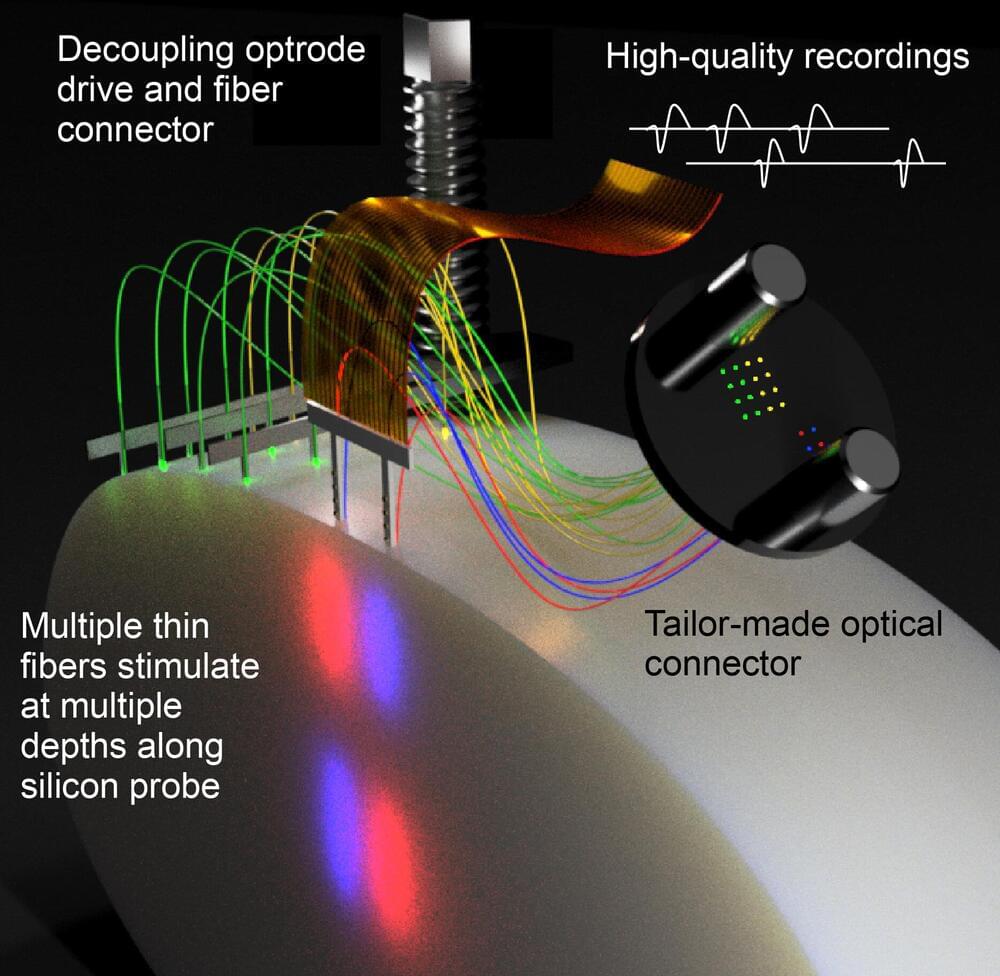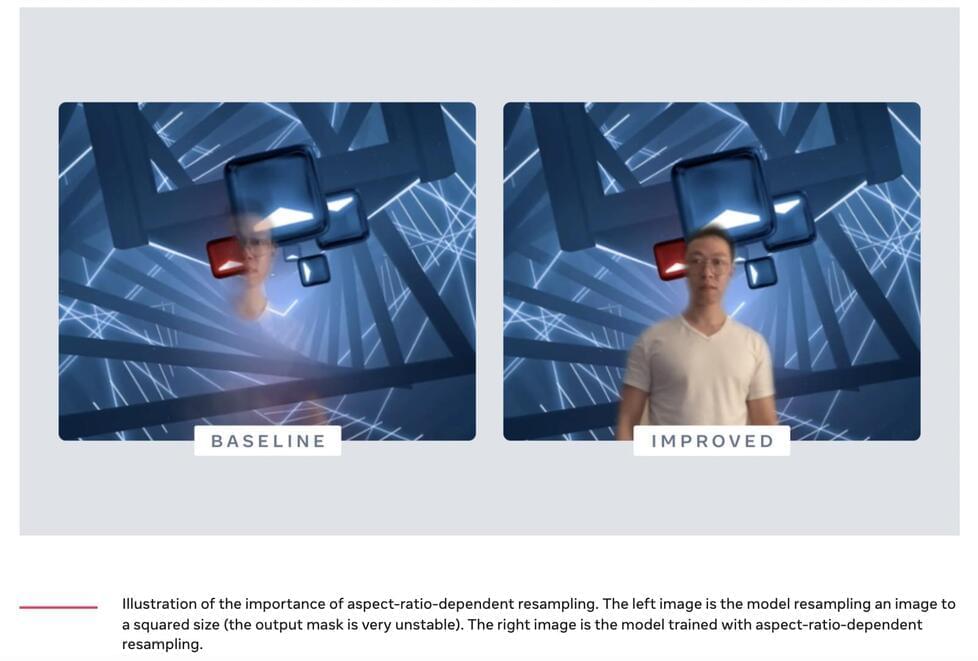
Category: information science – Page 190


Crisis in Particle Physics Forces a Rethink of What Is ‘Natural’
Quanta Magazine.
In The Structure of Scientific Revolutions, the philosopher of science Thomas Kuhn observed that scientists spend long periods taking small steps. They pose and solve puzzles while collectively interpreting all data within a fixed worldview or theoretical framework, which Kuhn called a paradigm. Sooner or later, though, facts crop up that clash with the reigning paradigm. Crisis ensues. The scientists wring their hands, reexamine their assumptions and eventually make a revolutionary shift to a new paradigm, a radically different and truer understanding of nature. Then incremental progress resumes.
For several years, the particle physicists who study nature’s fundamental building blocks have been in a textbook Kuhnian crisis.
The crisis became undeniable in 2016, when, despite a major upgrade, the Large Hadron Collider in Geneva still hadn’t conjured up any of the new elementary particles that theorists had been expecting for decades. The swarm of additional particles would have solved a major puzzle about an already known one, the famed Higgs boson. The hierarchy problem, as the puzzle is called, asks why the Higgs boson is so lightweight — a hundred million billion times less massive than the highest energy scales that exist in nature. The Higgs mass seems unnaturally dialed down relative to these higher energies, as if huge numbers in the underlying equation that determines its value all miraculously cancel out.
Dr. Adam Wolfberg, MD, MPH — Chief Medical Officer, Current Health — Quality Healthcare In The Home
Is the Chief Medical Officer at Current Health (https://currenthealth.com/), a Best Buy Health company (https://healthcare.bestbuy.com/) and part of the American multinational consumer electronics retailer.
Current Health is an organization that enables the delivery of healthcare services in the home to enable healthcare organizations to deliver high-quality, patient-centric care at a lower cost. The company integrates patient-reported data with data from biosensors – including their own continuous monitoring wearable devices – to provide healthcare organizations with actionable, real-time insights into the patient’s condition. Leveraging clinical algorithms that can be tailored to the individual patient, Current Health identifies when a patient needs clinical attention, allowing organizations to manage patient care remotely or coordinate in-home care via integrated service partners. The Current Health platform brings together tele-health capabilities, patient engagement tools, and in-home connectivity to provide a single solution to manage all care in the home. Dr. Wolfberg also leads implementation and account management at the organization.
Previously, Dr Wolfberg worked in medical affairs at Ovia Health, a leading maternity and family benefits solution for employers and health plans (which was acquired by LabCorp), athenahealth (network-enabled services, mobile apps, and data-driven insights to hospitals and medical organizations) and Ariosa Diagnostics.
Dr. Wolfberg trained in OB/GYN and maternal-fetal medicine at The Johns Hopkins University School of Medicine, and has an MPH from Johns Hopkins School of Hygiene and Public Health.
Before going to medical school, Dr. Wolfberg was a print journalist. He blogs at www.adamwolfberg.com, and has written for magazines and websites including the Boston Globe Magazine, Slate.com, Huffington Post, and WSJ.com. His first book, Fragile Beginnings : Discoveries and Triumphs in the Newborn ICU, was published by Beacon Press in 2012.


Tiny Space Probes Using “Laser Sails” Could Speed to Outer Planets and Beyond
Imagine a field of wheat that extends to the horizon, being grown for flour that will be made into bread to feed cities’ worth of people. Imagine that all authority for tilling, planting, fertilizing, monitoring and harvesting this field has been delegated to artificial intelligence: algorithms that control drip-irrigation systems, self-driving tractors and combine harvesters, clever enough to respond to the weather and the exact needs of the crop. Then imagine a hacker messes things up.

Risks of using AI to grow our food are substantial and must not be ignored, warn researchers
Imagine a field of wheat that extends to the horizon, being grown for flour that will be made into bread to feed cities’ worth of people. Imagine that all authority for tilling, planting, fertilizing, monitoring and harvesting this field has been delegated to artificial intelligence: algorithms that control drip-irrigation systems, self-driving tractors and combine harvesters, clever enough to respond to the weather and the exact needs of the crop. Then imagine a hacker messes things up.
A new risk analysis, published today in the journal Nature Machine Intelligence, warns that the future use of artificial intelligence in agriculture comes with substantial potential risks for farms, farmers and food security that are poorly understood and under-appreciated.
“The idea of intelligent machines running farms is not science fiction. Large companies are already pioneering the next generation of autonomous ag-bots and decision support systems that will replace humans in the field,” said Dr. Asaf Tzachor in the University of Cambridge’s Center for the Study of Existential Risk (CSER), first author of the paper.

Researchers use magnetic systems to artificially reproduce the learning and forgetting functions of the brain
With the advent of Big Data, current computational architectures are proving to be insufficient. Difficulties in decreasing transistors’ size, large power consumption and limited operating speeds make neuromorphic computing a promising alternative.
Neuromorphic computing, a new brain-inspired computation paradigm, reproduces the activity of biological synapses by using artificial neural networks. Such devices work as a system of switches, so that the ON position corresponds to the information retention or “learning,” while the OFF position corresponds to the information deletion or “forgetting.”
In a recent publication, scientists from the Universitat Autònoma de Barcelona (UAB), the CNR-SPIN (Italy), the Catalan Institute of Nanoscience and Nanotechnology (ICN2), the Institute of Micro and Nanotechnology (IMN-CNM-CSIC) and the ALBA Synchrotron have explored the emulation of artificial synapses using new advanced material devices. The project was led by Serra Húnter Fellow Enric Menéndez and ICREA researcher Jordi Sort, both at the Department of Physics of the UAB, and is part of Sofia Martins Ph.D. thesis.

Better understanding communication between neurons in the brain
In the field of optogenetics, scientists investigate the activity of neurons in the brain using light. A team led by Prof. Dr. Ilka Diester and Dr. David Eriksson from the Optophysiology Laboratory at the University of Freiburg has developed a new method to simultaneously conduct laminar recordings, multifiber stimulations, 3D optogenetic stimulation, connectivity inference, and behavioral quantification on brains. Their results are presented in Nature Communications. “Our work paves the way for large-scale photo-recording and controlled interrogation of fast neural communication in any combination of brain areas,” Diester explains. “This can help us unravel the rapid and multilayered dialogs between neurons that maintain brain function.”
The research group, in collaboration with Dr. Patrick Ruther of the Department of Microsystems Engineering (IMTEK) at the University of Freiburg, is developing a new method for the controlled interrogation and recording of neuronal activity in the brain. To do this, the team is taking advantage of thin, cell-sized optical fibers for minimally invasive optogenetic implantation. “We combine side-emitting fibers with silicon probes to achieve high-quality recordings and ultrafast, multichannel optogenetic control.”
They call the system Fused Fiber Light Emission and eXtracellular Recording, or FFLEXR. In addition to optical fibers that can be attached to any silicon probe, the team uses linear depth-resolved stimulation, a lightweight fiber matrix connector, a flexible multifiber ribbon cable, an optical commutator for efficient multichannel stimulation, a general-purpose patch cable, and an algorithm to manage the photovoltaic response.

China Is About to Regulate AI—and the World Is Watching
Bipartisan hostility toward China means US lawmakers are unlikely to cite Chinese regulations as inspiration. But Beijing’s manoeuvres could perhaps have a subtle effect. In the UK, some lawmakers have called for online companies to shield young people from harmful content in an approach that some have likened to China’s proposals. “These ideas could ripple out,” says Matt Sheehan, a fellow at the Carnegie Endowment for International Peace who researches China’s AI ecosystem. “What’s interesting in China is that they’re going to be able to run experiments at a very large scale on what it actually means to implement these ideas.”
Sweeping rules will cover algorithms that set prices, control search results, recommend videos, and filter content.

Meta AI Researchers Upgrade Their Machine Learning-Based Image Segmentation Models For Better Virtual Backgrounds in Video Calls And Metaverse
When video chatting with colleagues, coworkers, or family, many of us have grown accustomed to using virtual backgrounds and background filters. It has been shown to offer more control over the surroundings, allowing fewer distractions, preserving the privacy of those around us, and even liven up our virtual presentations and get-togethers. However, Background filters don’t always work as expected or perform well for everyone.
Image segmentation is a computer vision process of separating the different components of a photo or video. It has been widely used to improve backdrop blurring, virtual backgrounds, and other augmented reality (AR) effects. Despite advanced algorithms, achieving highly accurate person segmentation seems challenging.
The model used for image segmentation tasks must be incredibly consistent and lag-free. Inefficient algorithms may result in bad experiences for the users. For instance, during a video conference, artifacts generated by erroneous segmentation output might easily confuse persons utilizing virtual background programs. More importantly, segmentation problems may result in unwanted exposure to people’s physical environments when applying backdrop effects.